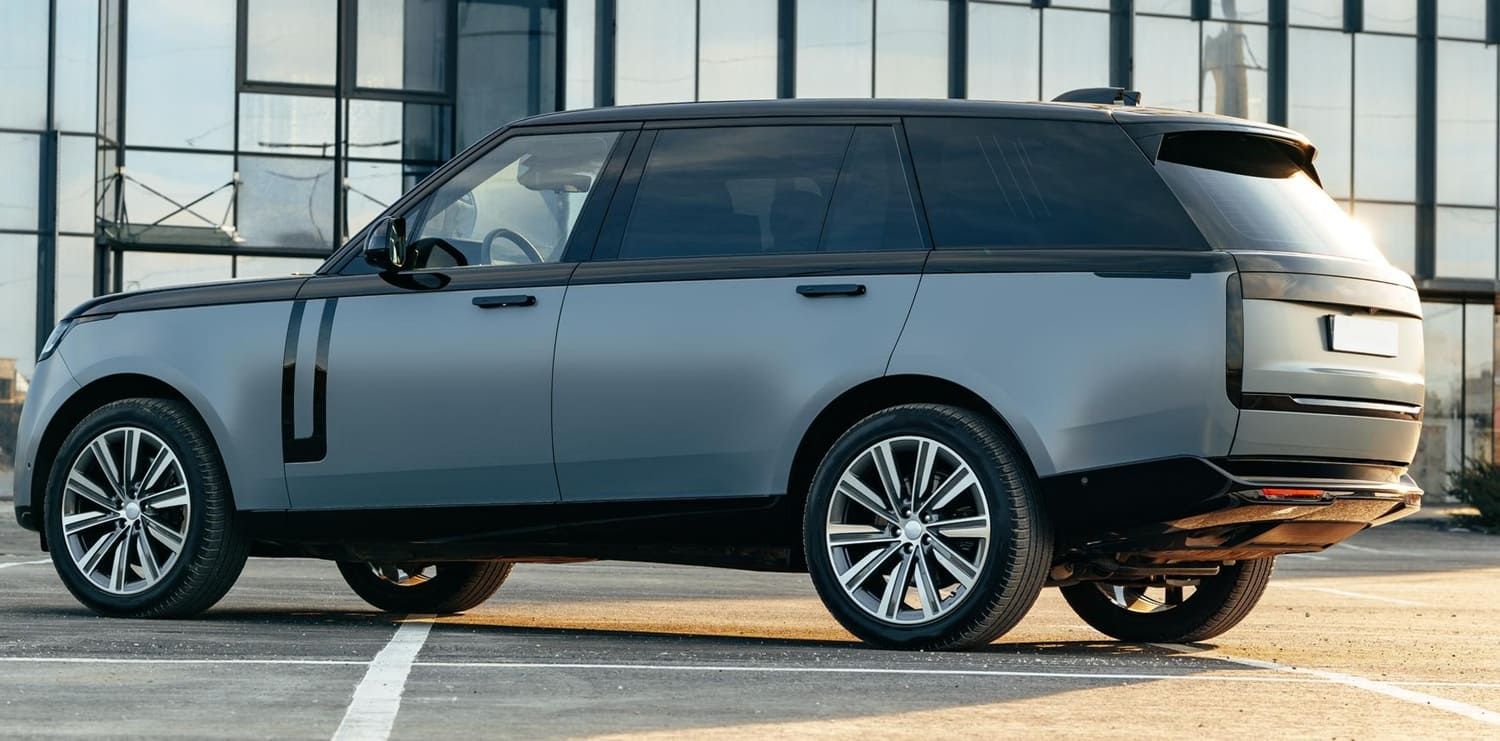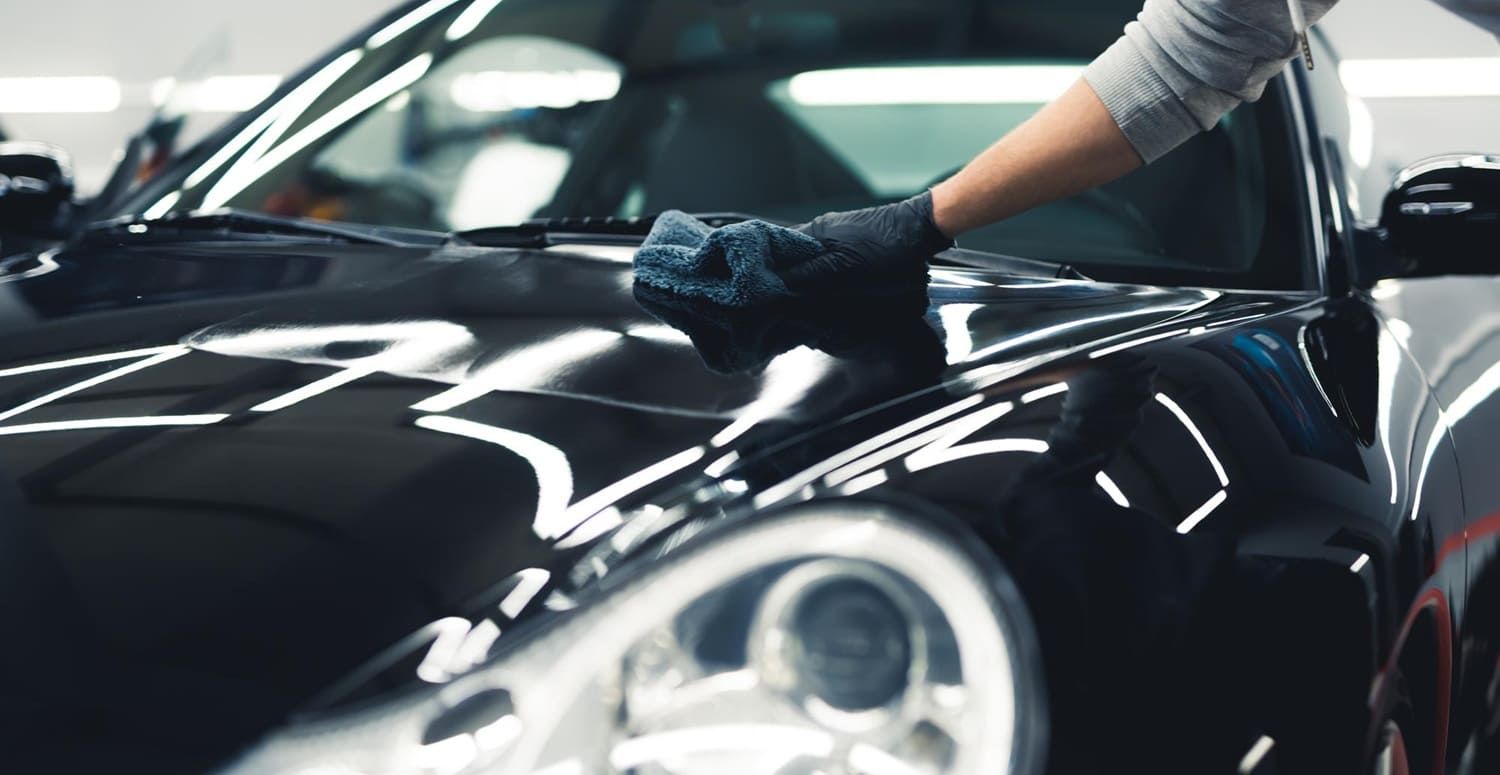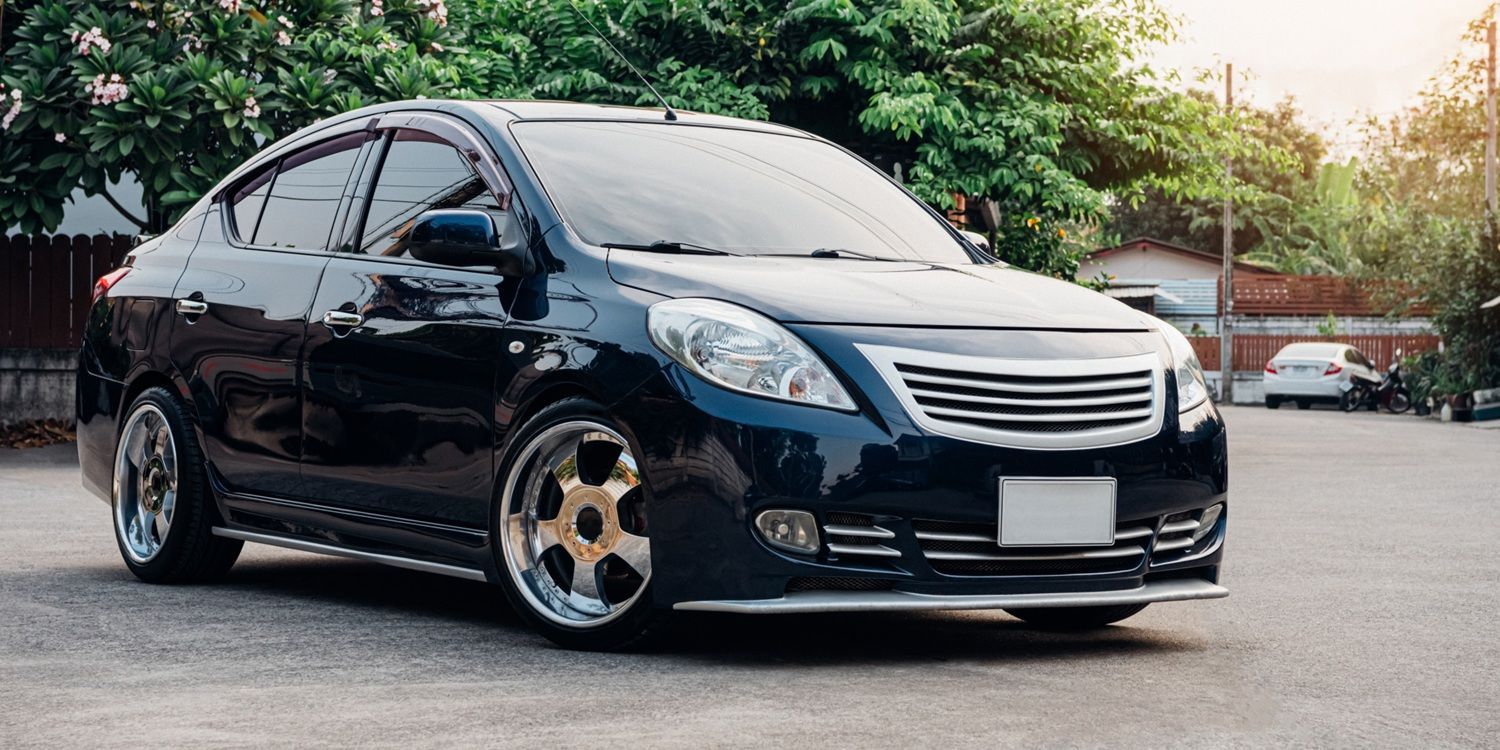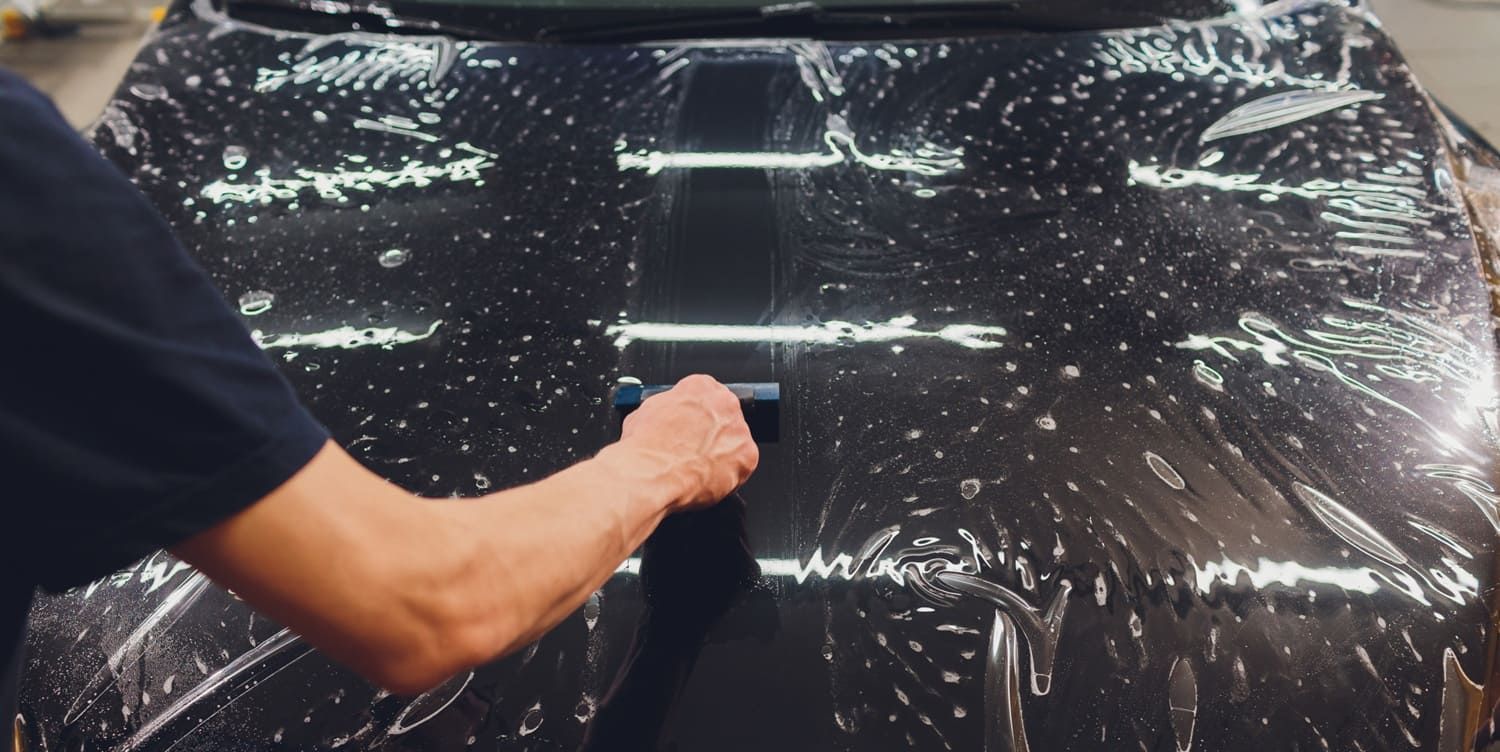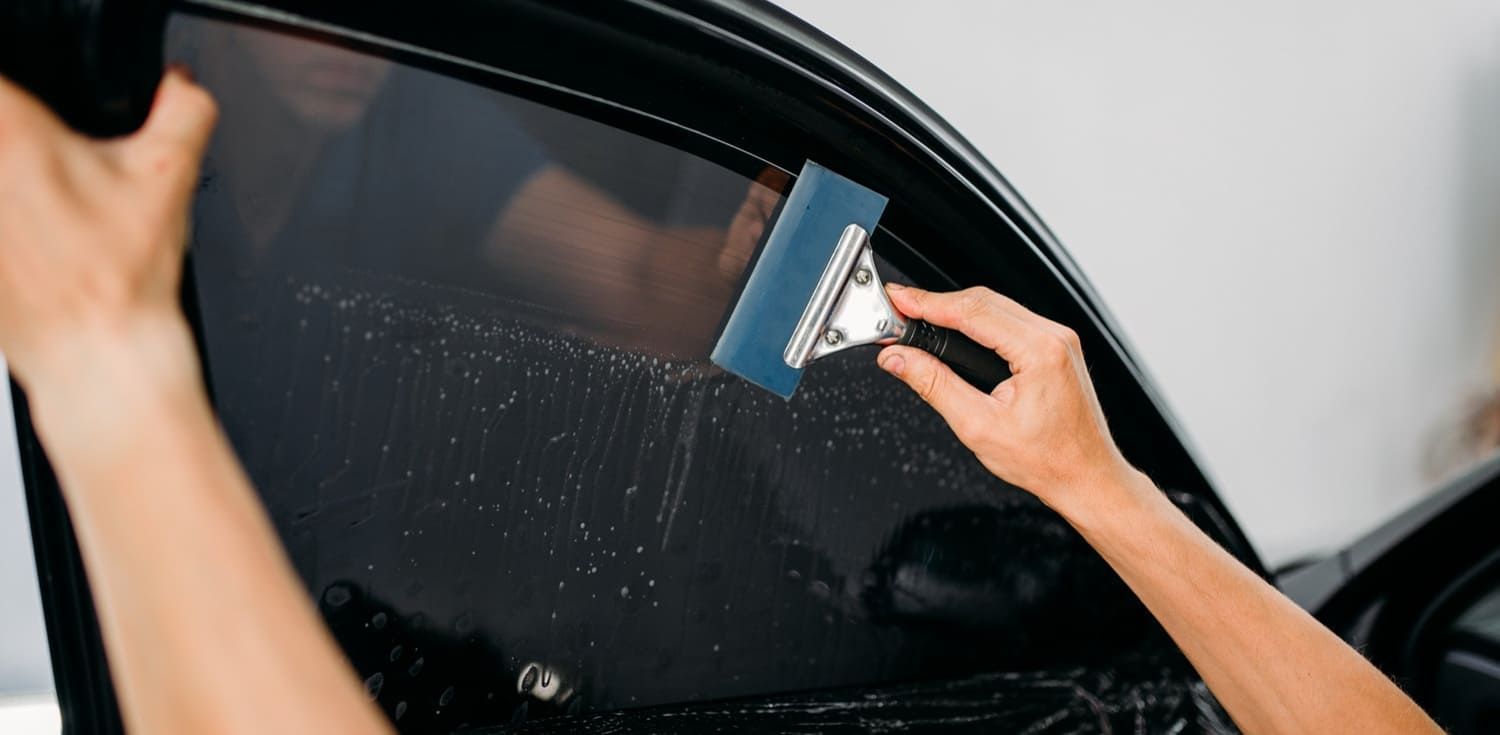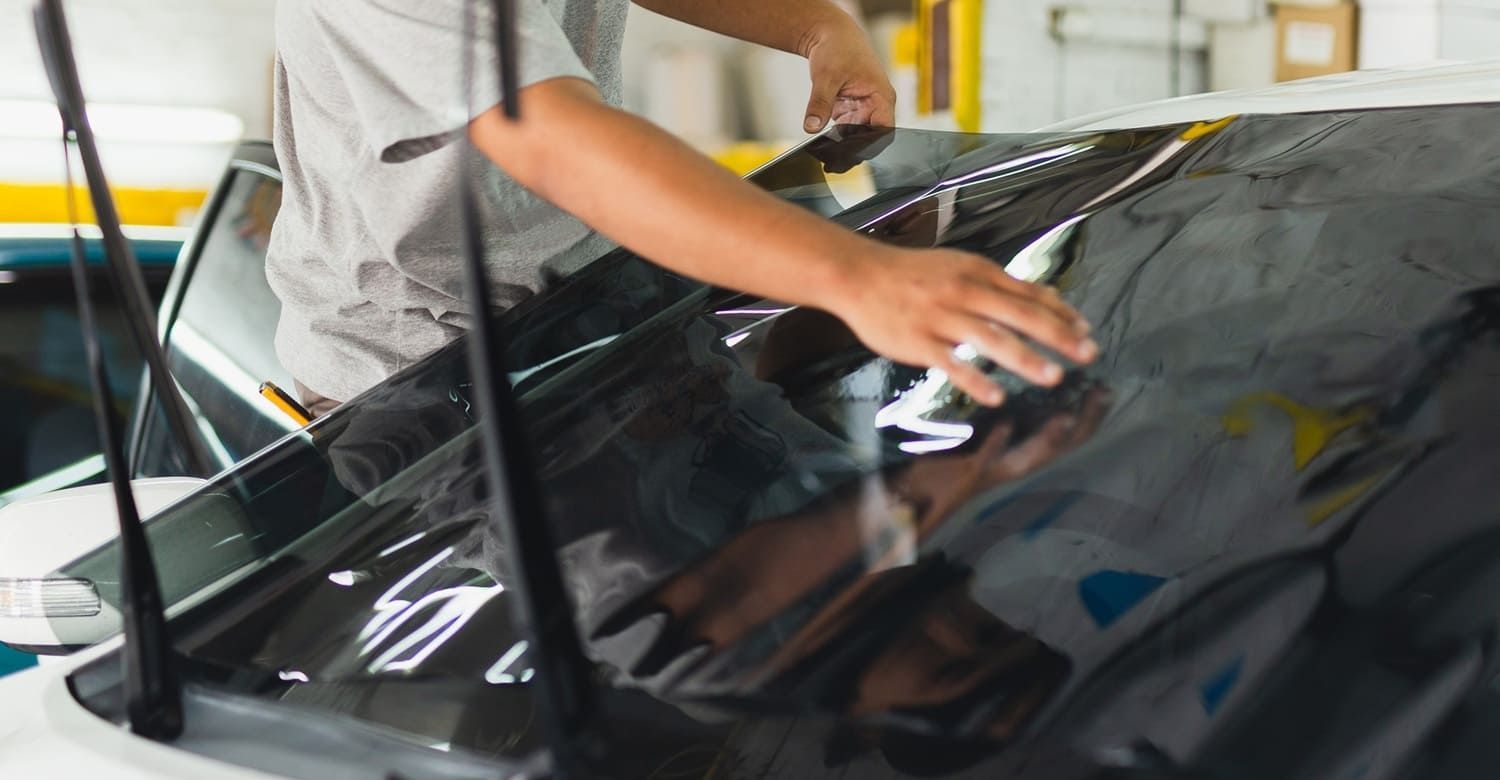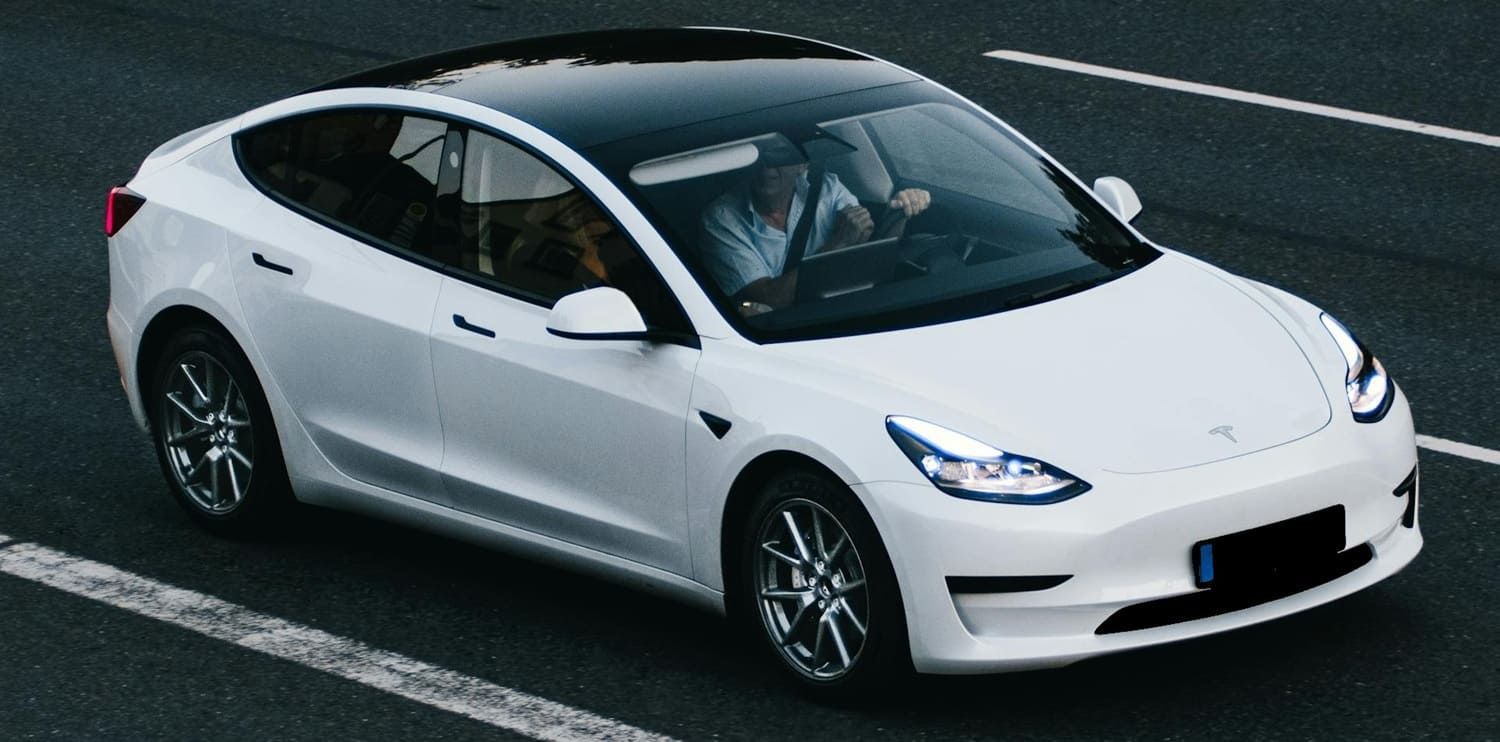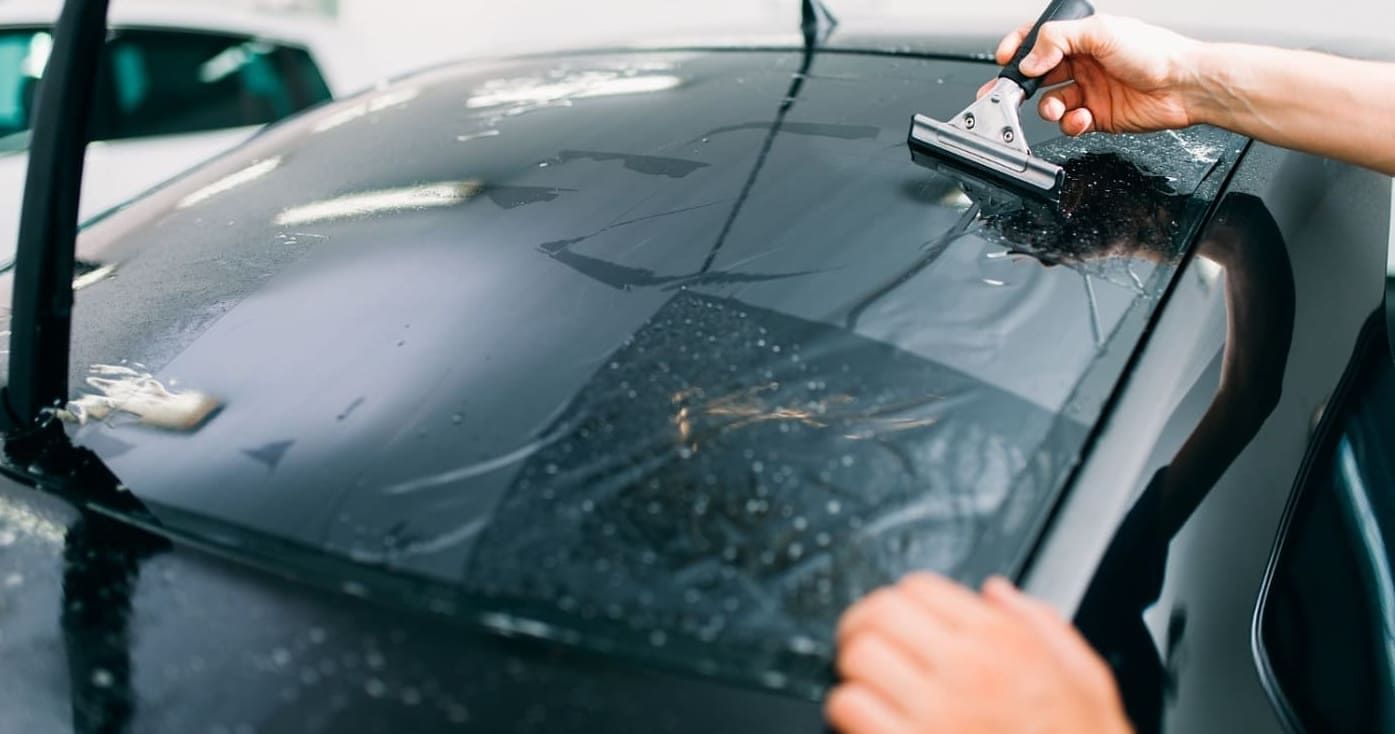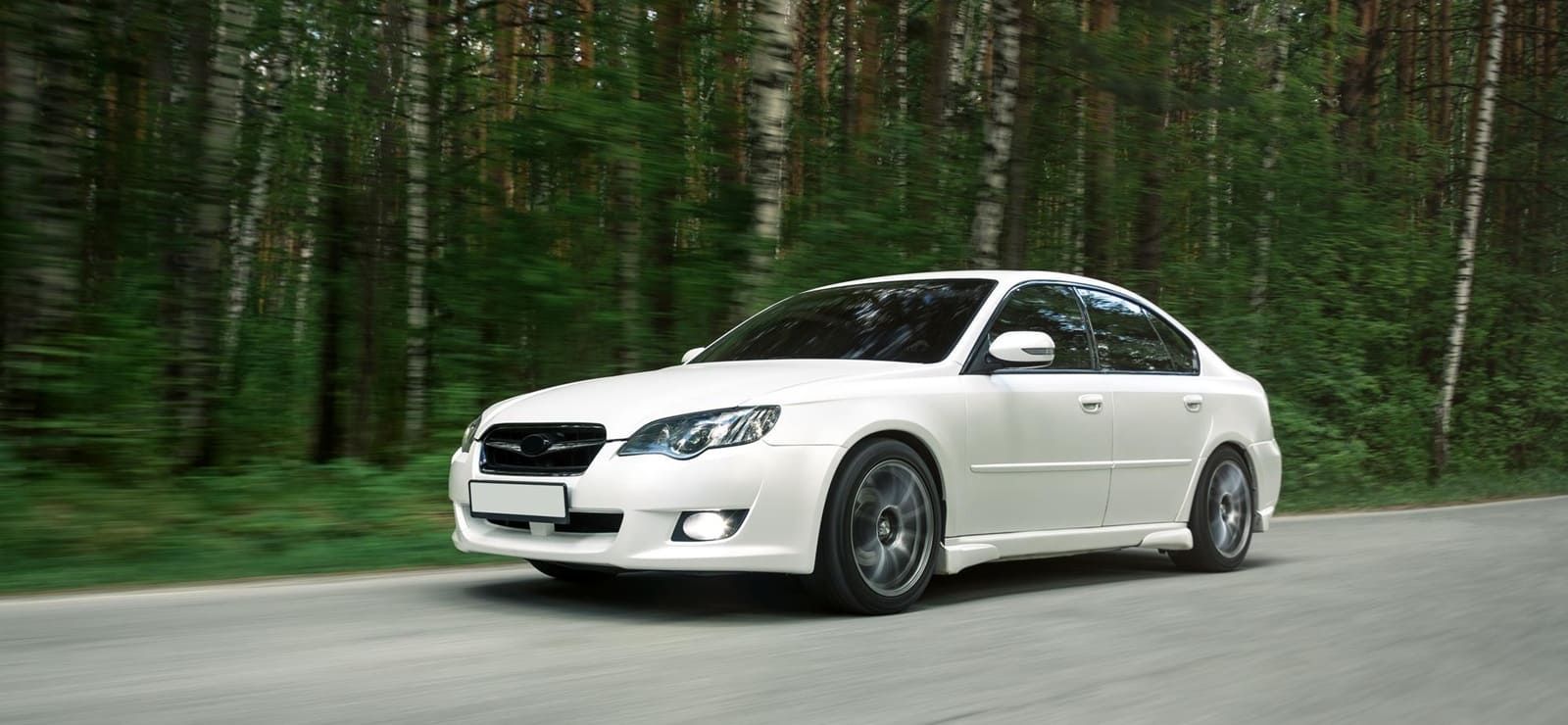Everything to Know About Tint Laws in Florida
There are numerous benefits of tinting your car, but what are the laws? This guide explains everything to know about tint laws in Florida.

The combination of the Gulf of Mexico on the west and the Atlantic Ocean on the east provides Florida with a tropical climate, making it the country’s most humid state. When you combine that humidity with daytime highs that range from 70°-90°F, climbing inside your car feels like you are entering an oven.
There are numerous benefits to having tint on your car windows. This includes protection from UV rays and Florida heat to providing security because people are unable to see your belongings inside the vehicle.
There are tint laws in Florida you need to be aware of before having this protective film installed. This includes legal tint percentages you must comply with, or you may find yourself paying hefty fines.
Darkness Level of Legal Window Tint
Every state has window tint laws that deal with how reflective and dark the tint may be. The amount of light your tint allows through is called Visible Light Transmission (VLT). Most states allow up to 50%, but a lower tint level may provide all the protection you want.
The Florida tint laws were enacted in 1991 and updated in 2015. When you are viewing websites regarding allowable levels, make sure you are reading updated information.
Florida law allows a different level of tint for sedans than it does for SUVs and vans. For both sedans, SUVs, and vans the windshield may have a non-reflective tint that is above the manufacturer’s AS-1 line. The requirement for all vehicles for front side windows requires the tint to allow more than 28% of light in.
The difference in the law deals with back side windows and rear windows. On a sedan, the back side windows and rear window must allow in more than 15% of light. On an SUV or van, those windows only need to allow in more than 6% of light.
What Is an as-1 Line?
The manufacturer’s AS-1 line refers to a line that extends from the letters AS-1, which is located on most automotive windshields. The line runs parallel to the top of the windshield. It is usually visible by the dark visor tint it has on it.
If you are unable to find the line, you can determine this level by measuring 5” below the top of the windshield and running a parallel line across its entire width. This distinction is important because AS-1 glass has at least a 70% light transmission and can be used anywhere in the vehicle. AS-2 glass is tempered with at least 70% transmission and is allowable at any location except the windshield.
Reflection Window Tint
The purpose of reflection window tint is to reflect and reduce the glare and heat coming into the vehicle. When having your windows tinted Florida tint laws only allow a certain amount of reflective material.
The amount of reflection is identical for SUVs, vans, and sedans. Front side windows may have no more than 25% reflection. Back side windows on the vehicles may not have more than 35% reflective.
Additional Florida Auto Tinting Laws
The tint laws in Florida include other regulations you must be aware of, including:
Dual side mirrors are a requirement if you have tint on any back windows.
A colored tint is not allowed in the state of Florida. This means any tint that changes the normal color of the window.
Film manufacturers do not need to certify the window tilt film they sell in Florida.
A mandatory sticker that identifies legal tinting must be placed inside the driver’s door jam.
Florida medical exemptions are allowable for special tint. This exemption has specific requirements as outlined in Chapter 316 §29545 of the Florida Statutes.
The exemption requires completion of an application and authorization is issued by the Medical Advisory Board of Florida Department of Highway Safety and Motor Vehicles. It provides people who have Lupus, autoimmune disease, or any other medical condition that requires limiting their exposure to light.
The certification permits window tinting at a level normally in violation of the law. Be aware that the vehicle’s tint exemption becomes void upon the sale or transfer of the automobile to another owner.
There are some counties and towns within Florida that have their own window tint regulations. If you are unsure of regulations in your area you may want to check with the DMV or local law enforcement before purchasing window tint.
Penalties for Violation of Tint Laws in Florida
Florida window tint laws are for the protection of law enforcement. If they are unable to see inside your car, it places the officer’s safety at risk. Between 10% to 20% of Florida law enforcement officers carry a VLT meter.
The device measures the darkness and reflectiveness of the tint on your windows. This percentage needs to match the mandatory window tint sticker on your driver's door jam.
If you are found to be in violation of Florida tint laws you will be issued a non-moving violation. The penalties for this non-criminal infraction are set forth in Florida Statutes, Chapter 318.
This includes a mandatory obligation to appear before an official within 30 days or pay the penalties within that time frame. The penalties for this violation may not exceed $500. The police may write one ticket for each window on your vehicle that is in violation.
Any person who installs or sells illegal tint film, installs illegal film, or sells window film that violates Florida tint law, is guilty of a 2nd-degree misdemeanor. Penalties for a 2nd-degree misdemeanor in Florida include up to 60 days in jail, six-month probation, and fines of up to $500.
Ride in Tinted Comfort
Now that you are aware of the tint laws in Florida, it is time to add window tint film to your car so you can ride in comfort. Top Line Tints & Audio offers a wide range of tint shades to fit your needs in both clear and tinted versions. We are here to assist you in getting your car windows tinted so you can enjoy the benefits of comfort and security in your car.
Request a free estimate from Top Line Tints & Audio today.

